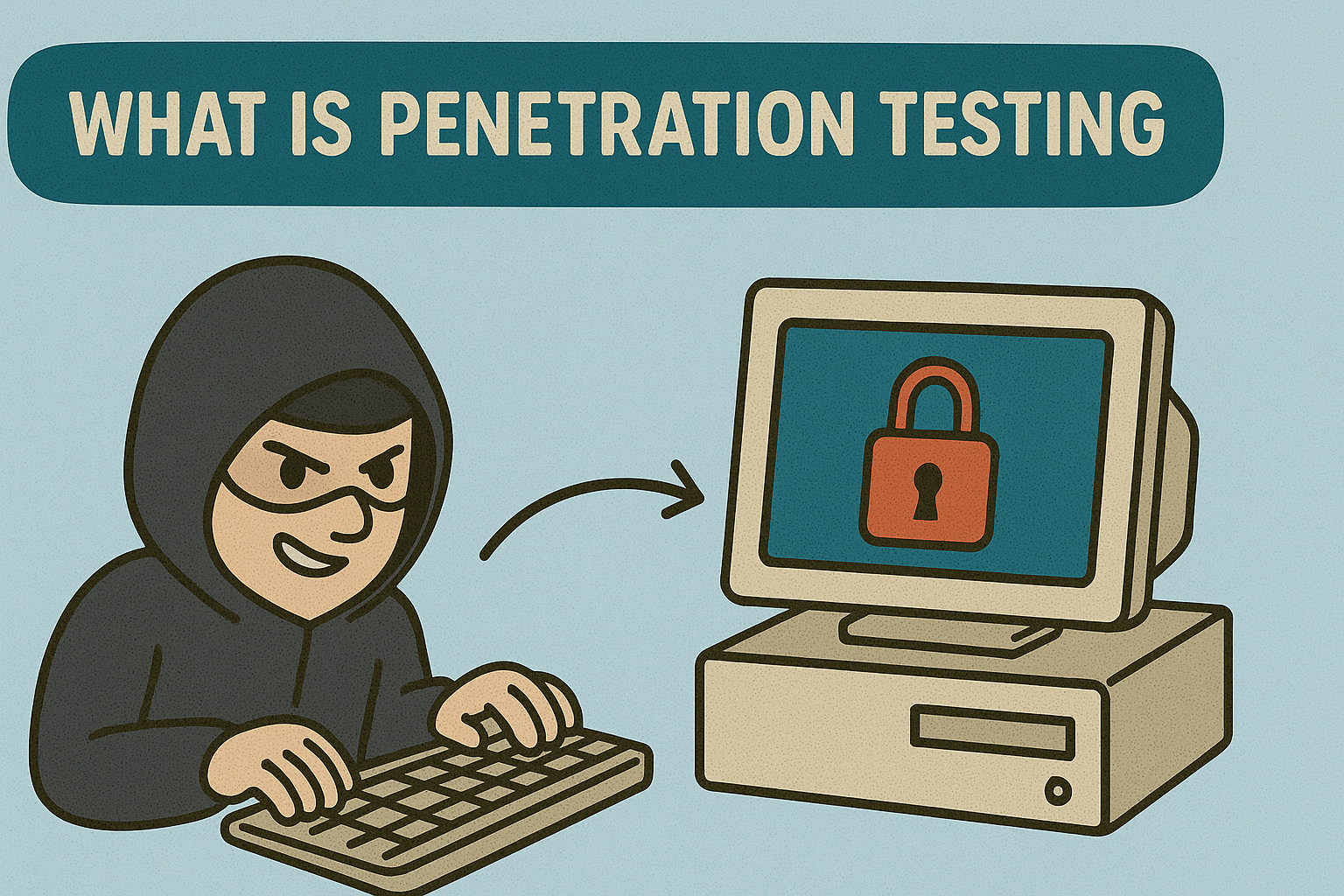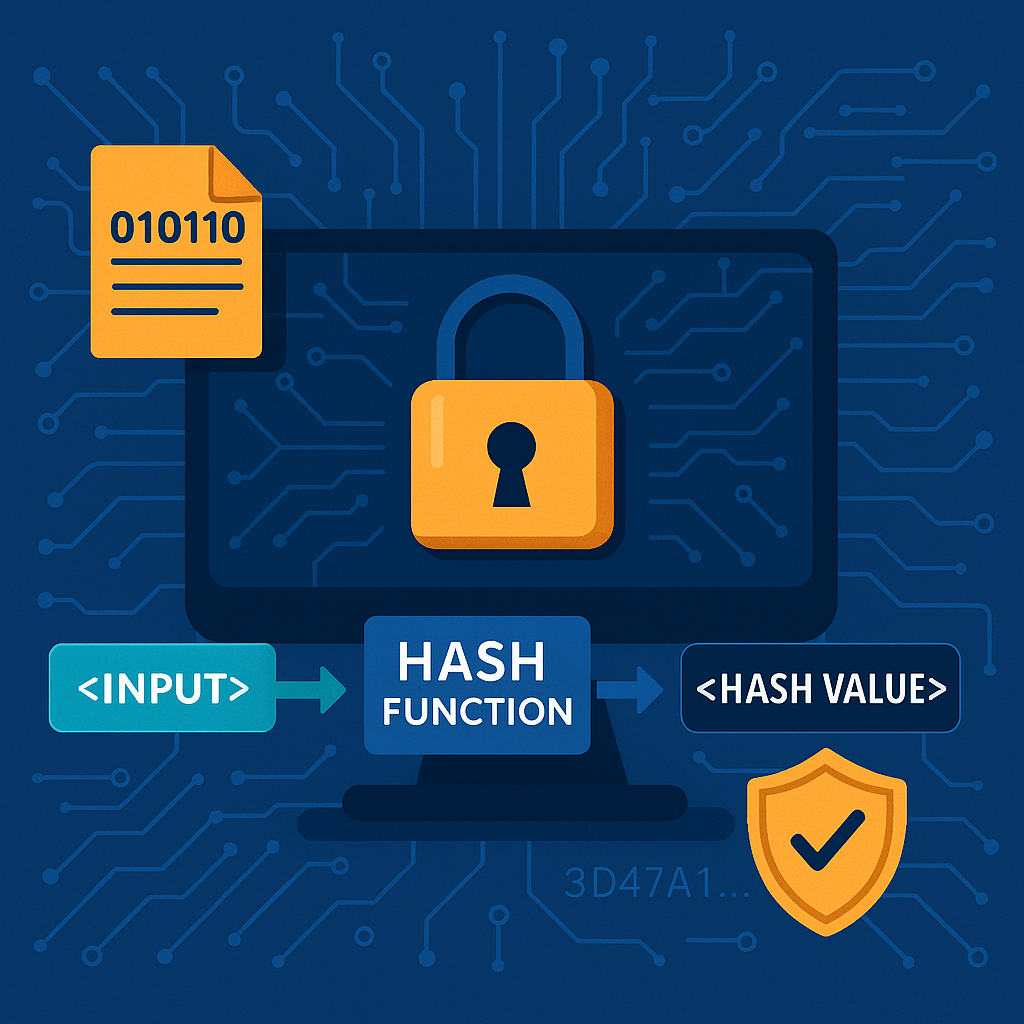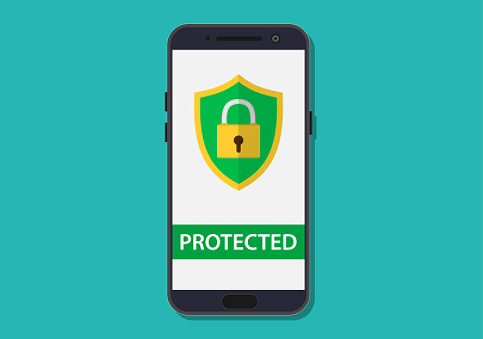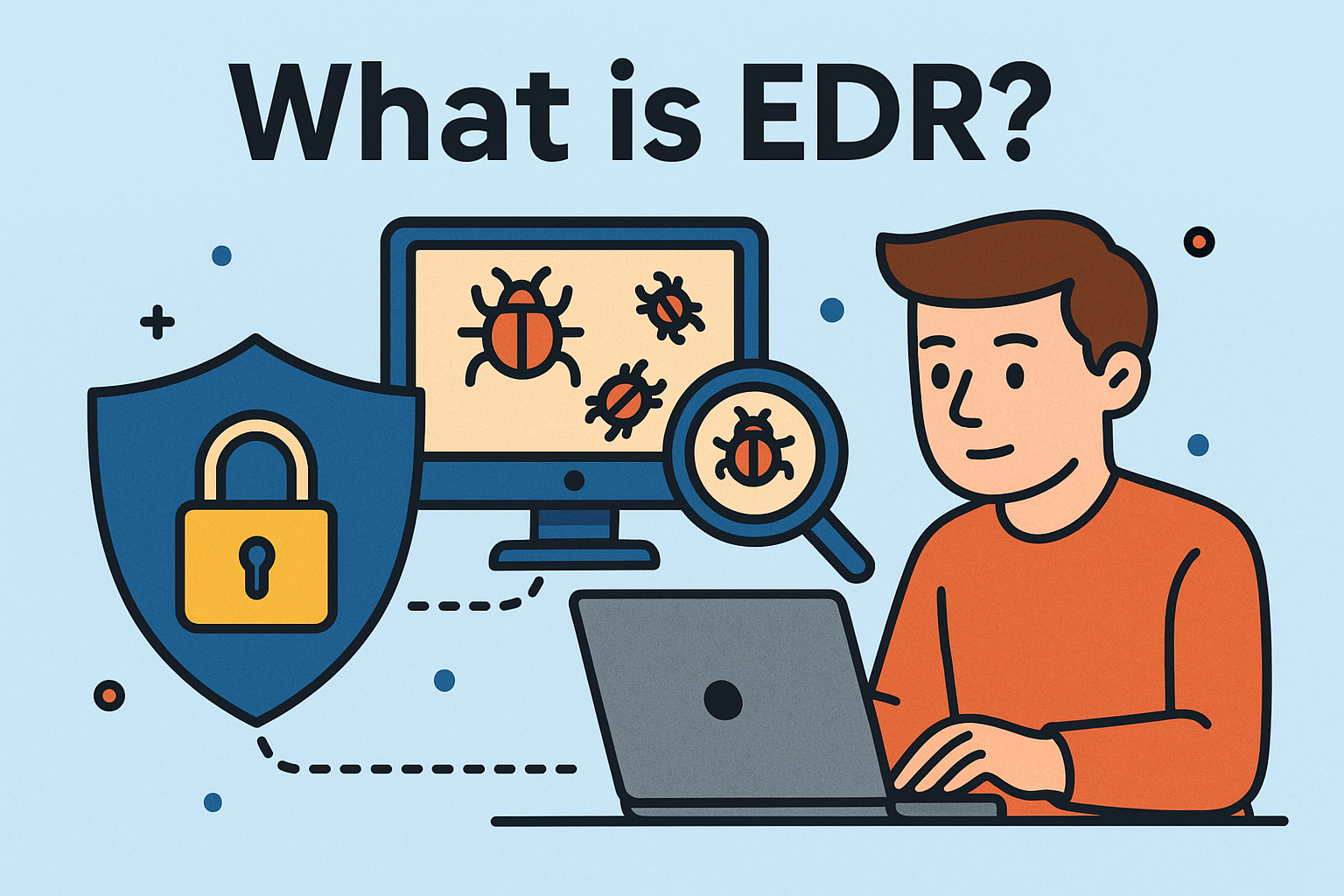What Is Penetration Testing? A Complete Guide to Secure Your Organization
Updated on August 5, 2025, by Xcitium

Ever wondered what is penetration testing and why it’s so critical for modern organizations? Simply put, penetration testing—often called “pen testing”—is a simulated cyberattack carried out by ethical hackers to uncover security weaknesses before adversaries exploit them. For IT managers, cybersecurity leaders, and company heads, penetration testing provides actionable insights to secure systems, ensure compliance, and harden defenses.
What Is Penetration Testing?
Penetration testing is an authorized, simulated attack on systems, networks, or applications designed to evaluate security by uncovering vulnerabilities before real attackers do. Conducted by ethical hackers, it goes beyond simple vulnerability scanning—actively attempting to exploit identified flaws to show real-world impact.
Why Is Penetration Testing Important?
- Proactive risk identification: Expose weaknesses before attackers do.
- Enhanced security posture: Refining defenses based on real test outcomes
- Regulatory compliance: Essential for standards like PCI DSS, HIPAA, ISO 27001.
- Objective insights: External testers provide fresh perspectives on internal systems.
Types of Penetration Testing
Security teams choose testing types to suit risk needs:
- External / Internal: Tests from outside vs. inside the organization’s network.
- Web Application: Examines code and configuration for SQL injection, XSS, etc..
- Mobile App: Tests iOS or Android apps for API and authentication flaws.
- Wireless: Identifies Wi‑Fi vulnerabilities and protocol misconfigurations
- Social Engineering: Evaluates human risk—phishing, physical access simulations.
- Blind / Gray‑box / Double‑blind: Varying levels of information shared with testers to simulate different attacker profiles.
Penetration Testing Process: Phases
Most frameworks use these seven steps:
- Planning & Reconnaissance: Define scope, gather intel
- Scanning: Use tools like Nmap or Nessus to map attack surface
- Gaining Access: Launch exploits using Metasploit, social engineering, etc.
- Maintaining Access: Simulate persistent threats like backdoors
- Covering Tracks: Clean logs to mimic adversarial techniques
- Reporting: Provide executive summary, technical findings, risk ratings
- Remediation & Re‑testing: Validate fixes with a second round of tests
Popular Tools & Platforms
Penetration testers use open‑source and commercial tools:
- Kali Linux: Includes Metasploit, Nmap, Wireshark, Burp Suite, sqlmap
- Automated scanners: Nessus, OpenVAS, SAINT
- Specialty tools: Tools for hardware, RFID, Wi‑Fi, USB attacks (e.g., Proxmark3, Flipper Zero) .
When Should You Conduct Pen Tests?
Penetration testing is most effective:
- After major system or application changes
- Regularly per regulatory requirements (e.g., quarterly/yearly)
- Before major product launch or platform migration
- As part of PTaaS (Pen Testing as a Service) for continuous assessment.
Integrating Pen Testing in Cybersecurity Strategy
- Embed findings into Incident Response Plans
- Prioritize remediation based on risk exposure and business impact
- Use results to train blue/red/purple teams
- Align with ERM (Enterprise Risk Management) and compliance frameworks
Challenges and Limitations
- Resource-intensive and costly for deep tests
- Risks of disruption if not carefully scoped
- Can produce false positives or miss zero‑day flaws
- Relies on tester skill and methodology quality
Real-World Relevance: Testing for Emerging Threats
Red team breaches like “Scattered Spider” exploited tools including social engineering and hardware hacking, highlighting how real-world penetration techniques are constantly evolving. Pen testing helps anticipate such tactics before threat actors exploit them.
Final Thoughts
Understanding what is penetration testing helps organizations move from reactive to proactive security. It’s not just about performing the test—it’s about building resilience, ensuring compliance, and strengthening your overall security posture.
Call to Action
Ready to elevate your security strategy with focused penetration testing?
👉 Request a Free Demo from Xcitium—explore how our combined threat detection, compliance automation, and ethical hacking platforms deliver actionable insights and remediation.
FAQ Section
Q1: What is penetration testing vs vulnerability assessment?
Penetration testing simulates real exploit attempts. A vulnerability assessment only identifies issues without exploiting them.
Q2: How often should pen testing occur?
At minimum annually and after major updates—or more frequently if regulated or high-risk systems exist.
Q3: Can internal teams perform pen tests?
Yes, but third‑party testing ensures objectivity and may be required for compliance.
Q4: What certifications validate pen testers?
Certs like OSCP (Offensive Security Certified Professional) demonstrate real-world competence.
Q5: Should pen testing include physical or social tests?
Yes—social engineering or physical security tests reveal human and physical vulnerabilities beyond technical systems.
















